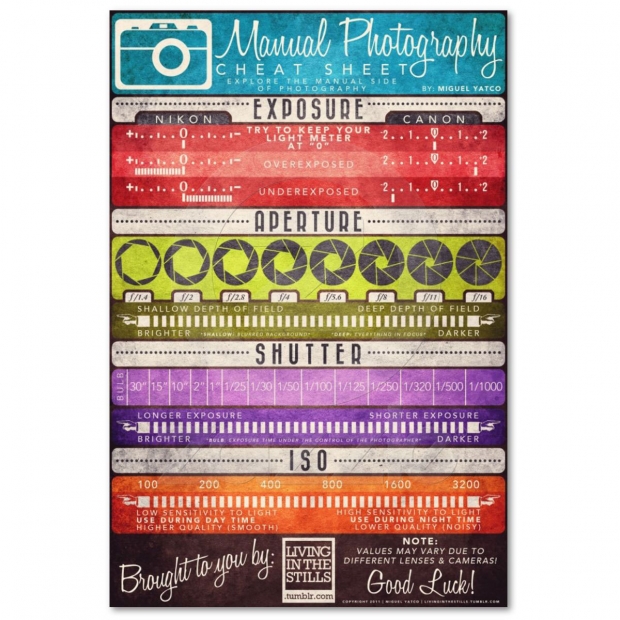What Every Digital Photographer Must Find Out About Lights
What Every Digital Photographer Must Find Out About Lights
Blog Article
Article Writer-Gillespie Olsson
As a professional photographer, you recognize that illumination can make or damage your pictures. Recognizing the subtleties of both all-natural and man-made light is important for capturing the state of mind and quality you go for in your job. Whether you're going after the ideal gold hour glow or tweak your man-made arrangements, understanding these aspects can boost your digital photography significantly. Yet there prevail mistakes that many overlook, and acknowledging them can change your strategy to every shoot. Let's discover what you might be missing and how it can affect your outcomes.
Understanding Natural Light
Comprehending all-natural light is essential for any kind of professional photographer wanting to improve their work. It's the structure of great photography, affecting state of mind, tone, and quality. When you fire outdoors, pay attention to the moment of day. The golden hour-- shortly after sunup and prior to sundown-- offers soft, warm light that can change ordinary scenes into stunning pictures.
Do not underestimate the power of overcast days. Cloud cover diffuses sunlight, producing a soft, even light that's best for pictures and macro photography. You'll locate shades pop in this type of lights without rough darkness.
Placing matters, also. Constantly consider your subject's positioning to the light source. If the sun's behind your topic, you might end up with a shape, which can be significant but mightn't be what you desire. Conversely, straight sunlight can develop uncomplimentary darkness.
Try out angles; often, transforming your viewpoint can generate amazing outcomes. Use natural reflectors, like water or sand, to bounce light onto your subject, including measurement.
Learning Artificial Light
Understanding synthetic light is necessary for photographers who wish to take their abilities to the next level. Whether you're utilizing speedlights, studio strobes, or constant lights, recognizing exactly how to adjust these resources can substantially improve your photos.
Beginning by Suggested Webpage on your own with the basics of light quality, direction, and shade temperature level. Experiment with different modifiers like softboxes, umbrellas, or grids to control the gentleness or violence of the light.
You'll find that soft light usually creates flattering results, while harsher light can include dramatization and deepness. Do not shy away from darkness; they can improve the three-dimensionality of your subjects.
Pay very close attention to the positioning of your lights. A light positioned as well near your topic can create uncomplimentary outcomes, while also far can lead to a lack of detail. Use a light meter or your video camera's histogram to guarantee you're revealing properly.
Last but not least, keep in mind that man-made light can be mixed with ambient light for creative results. Balancing these resources could take method, but once you master it, your digital photography will genuinely shine.
Techniques for Different Circumstances
When you step into various shooting scenarios, adapting your lights strategies is important for capturing the best photos. For outdoor pictures, utilize the gold hour-- early morning or late afternoon light-- to soften shadows and improve skin tones.
If it's a severe midday sun, think about using a reflector to jump light back onto your subject or seek shaded locations for an extra even exposure.
In https://www.kxan.com/studio-512/tips-for-looking-picture-perfect-with-holly-marie-photography/ -light scenarios, like indoor occasions, raise your ISO and utilize a wide aperture to let in more light. A tripod can help remove cam shake, permitting longer exposures without blurring.
If you're shooting at night, experiment with off-camera flash to produce dynamic illumination and deepness in your pictures.
For product photography, use diffused lights to prevent severe representations. Softboxes or light outdoors tents can help attain this result.
When photographing landscapes, think about the instructions of light and time of day, as it can drastically alter the state of mind of your shot.
Constantly prepare to adjust your settings and positioning based upon the scenario, as versatility is vital to mastering illumination in digital photography.
Final thought
To conclude, grasping lights is vital to raising your photography abilities. Embrace natural light's appeal throughout golden hour, and don't shy away from trying out fabricated light methods. By adapting https://zenwriting.net/amado0835tanna/uncover-the-crucial-digital-photography-gear-that-will-certainly-start-your to various scenarios, you'll capture spectacular images that resonate with emotion and clarity. Keep in mind, the right lighting can transform an ordinary shot into something phenomenal, so keep exercising and refining your understanding of both all-natural and synthetic light. Satisfied shooting!
